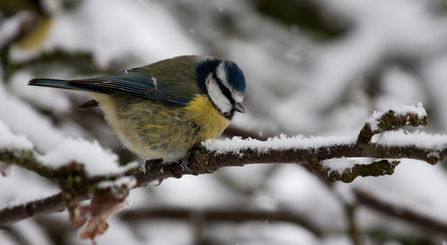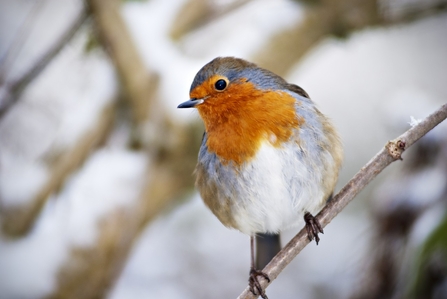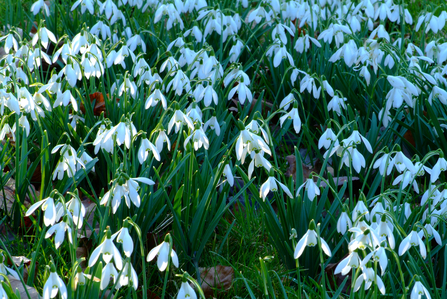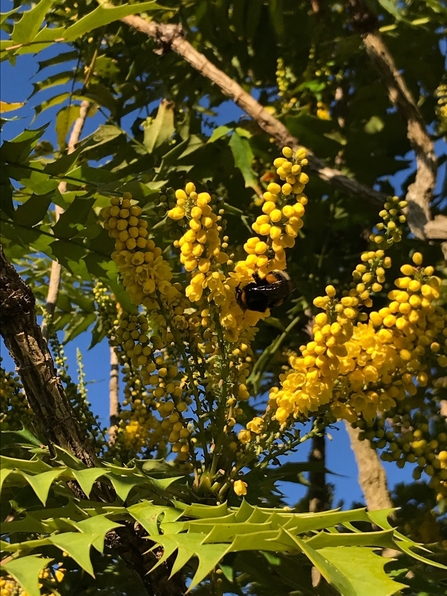Happy New Year and welcome to the first wildlife gardening blog of 2023!
After the festive celebrations, January can seem a bit grey, and spring can feel a long way off. There are, however, still lots of things we can do for wildlife in the month of January.
Parks and gardens are a wonderful place to watch birds busily foraging. The bare winter trees, fallen branches, leaf litter and old flower stems provide a winter refuge for insects and, in turn, generate a major source of food. Pledge to leave any garden ‘tidying’ until the spring to help winter wildlife.





